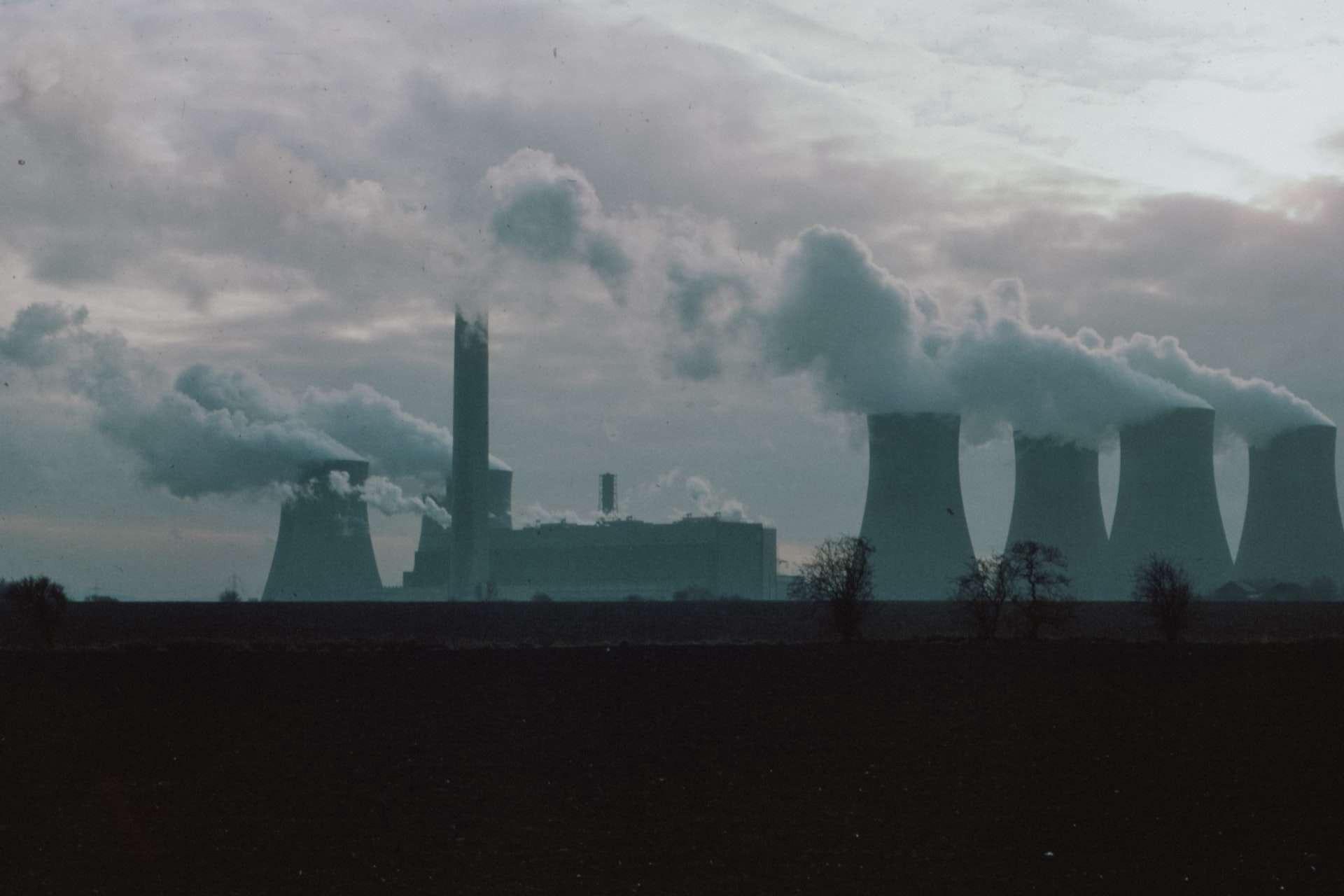
Pollution is not a new concept to us, but what if someone asks you to taste the pollution? Delhi, the capital city of India is quite infamous for its high pollution levels. Earlier this month, the Air Quality Index (AQI) in the city climbed sharply to dangerous limits of above 900, making it the most polluted capital in the world for the 3rd year running. The AQI in many cities in India, Pakistan, China and others have increased in recent years.
India celebrates its National Pollution Control Day on 2 November as a recognition to the victims of Bhopal Gas Tragedy and to raise awareness about the hazardous effects of pollution on the environment. However, it is difficult when the pollution condenses to hazardous levels and we can visibly see it, inhale it and begin to be choked by it, that people begin discussing it. It is this kind of approach that Centre for Genomic Gastronomy from Portland seeks to rectify with their ongoing creative research called “Smog Tasting”, by transforming the largely unconscious process of breathing into the conscious act of eating. Zack Denefeld and Catherine Kramer are the founders of this project. This incredible project aims to provide taste buds with a sense of what our lungs experience in the pollution, and this item is named as “Smog Meringues". During a study of Harold McGee's guide to culinary chemistry, the duo got the idea of harvesting the pollution into eggs and taste the smog. That means when egg whites are beaten, their proteins begin to unfold and trap the air of its surrounding area in tiny bubbles, until the mix fluffs up into a thick foam, and creates the smog meringues.

Denfeld and Catherine created these smog meringues while teaching a workshop in the Bengaluru City of India in 2011. Along with the participants of the workshop, they set out in the streets of Bengaluru with mixing bowls, egg whites and whisks, whipping-up meringues in multiple locations and retreating to the workshop kitchen to bake them. With this unusual clash of cookery and pollution, the Smog Tasting project was conducted, with the expectation of consuming egg foams to harvest, taste and compare air pollution from multiple locations worldwide. This project has evolved to contain a range of sensing methods, analysing and examining the “Aeroir”, a unique atmospheric taste of a place. It includes smog tastings, smog evaluations, smelling experiences and a new smog synthesiser that works as an experiment to develop the smell and flavours of air pollution from multiple locations and periods.

In recent years, smog tasting project has travelled in different parts of the world. They have served their smog meringues to National ministers of health at the World Health Organisation (WHO) in Geneva and during the COP-21 Conference in Paris in 2015. An international network of human smog investors was also developed at Washington D.C. in 2017, and it was organised by the World Wide Fund for Nature (WWF). The participants were invited to whip up smog meringues in Beijing, Porto, Barcelona, London, Perth, Washington D.C. and Mumbai.

A few other experiments have been executed at some locations in New Delhi. When the participants stood on the streets of New Delhi to whisk the egg whites into meringues, the onlookers were interested to see the participants because the perception of pollution gets different when one can see, touch and taste it. It was similarly showcased at the Gallery Latitude 28 in New Delhi. Many visitors and curious people were invited to taste the meringues, some tasted it while most of the people refused to taste the pollution they consume on daily basis. And ironically, the polluted air in those smog meringues is barely a minor portion of what we inhale every day.
__________________________________
Reference:
- www.atlasobscura.com
- www.genomicgastronomy.com
- www.carbonarts.org
